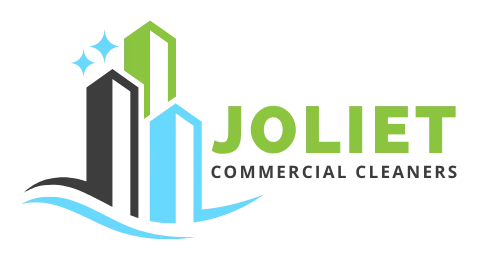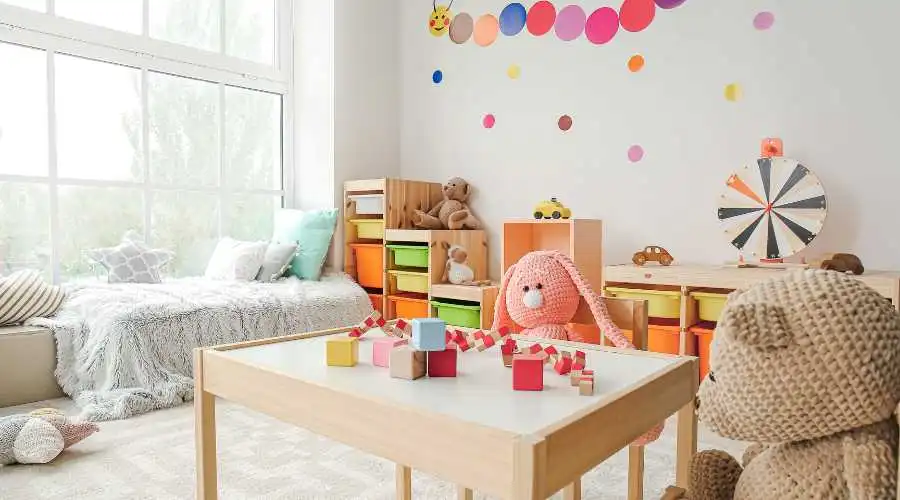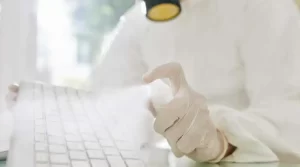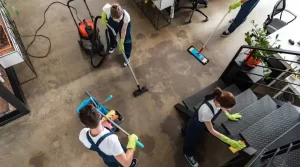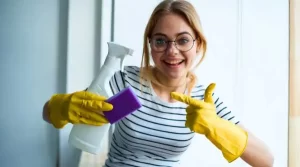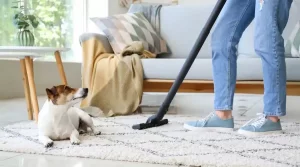Any school environment needs janitors and cleaners. The efficiency and success of children are greatly impacted by a clean and healthy school environment.
You might be curious to see how different educational environments do in terms of cleanliness. Should you clean up after the older or younger group of students? This article will discuss the value of maintaining a spotless school as well as the differences between cleaning procedures in high schools and primary schools.
At every stage of education, whether it is preschool, high school, or tertiary, unpleasant and filthy surroundings can make studying more difficult. There are a number of reasons why pupils could suffer in a filthy school:
Optimum health Virus outbreaks are a common problem in schools. Because these illnesses are so common, it is crucial to keep bathrooms, surfaces, and areas where students prepare or consume food clean. This is crucial since shared spaces are frequently used in schools.
If a school is continuously dealing with illness outbreaks, attendance will surely be affected. A student who is homesick all the time will struggle in class.
Students who work in a bad environment will be less attentive and effective. Kids need a clean, well-maintained learning environment if they are to benefit fully from their time spent in school.
Keeping Kindergartens Clean
Preschools and kindergartens are examples of early childcare facilities where there is a lot of activity, enjoyment, and creativity. Gardening, water play, sandbox time, arts and crafts, and other creative learning activities fill the days. This suggests that kindergartens can quickly become disorganized and that it can be challenging to keep them that way.
In addition, kindergartens offer a vast variety of shared toys and kitchen supplies. Sanitation is crucial to minimizing the risk of germs spreading from one location to another.
It’s crucial to keep in mind that young children are more susceptible to infections and diseases. They have less developed immune systems than adults do. Even though the majority of kindergarten students will be immunized, there may be younger siblings or babies at home who have not yet had all of their vaccinations. Maintaining a positive learning environment also affects the safety of other kids at home.
Cleaning kindergartens will therefore probably concentrate on:
- Cleanliness of all surfaces, particularly the kitchen and bathroom, including chairs and tables.
- Dust, pollen, and other airborne allergens should be avoided as much as possible for young children because they are more prone to allergies and asthma.
- Glass doors and windows. Every kindergarten has a ton of filthy little handprints. Glass needs to be cleaned frequently to keep everything looking nice and new.
- Mopping and vacuuming. In early childcare facilities, young children or babies spend a lot of time playing on the floors, which are very readily soiled. It has to be cleaned on occasion to stay in good condition.
Upkeep of High Schools
It might be very different to clean up after older children. Anyone who has even a cursory understanding of a high school is aware that certain sections can very quickly become unpleasant and dirty.
The restrooms are the first item that springs to mind. Unattended high school bathrooms can get messy, with old paper towels that haven’t been thrown away, water that has spilled on the floors and sinks, and hand soap or sanitizer that has been smeared on the sinks. Here are some ideas we have for upgrading the bathrooms at schools.
Compared to kindergartens, high schools also have less direct supervision. The kindergarten staff will clean up after the kids and will be there for them at all times. High school teachers don’t have the same obligations as students, thus it’s more probable that messes in the bathrooms or homerooms will be left for the cleaners. A high school is also more likely to have regular trash, leftover food, or trash that has been thrown there.
Therefore, the majority of high school cleaning will entail
Bathrooms should be sterilized and cleaned, and floors should be mopped. Trash and leftover food should be taken out of the classrooms and homerooms, and tables in the canteens or eating places should be cleaned.
Some parts may be dirtier and need special cleaning depending on the types of instruction the school delivers. This can include a space for culinary, woodworking, or textile technology.
Depending on what you do and don’t mind doing, you can decide if these are advantages or disadvantages. If accuracy is your thing, cleaning kindergartens can be a great fit for you because they call for a higher level of care. High school cleaning, though, might be more your thing if you are better at general cleaning (and aren’t frightened of a little more mess).
